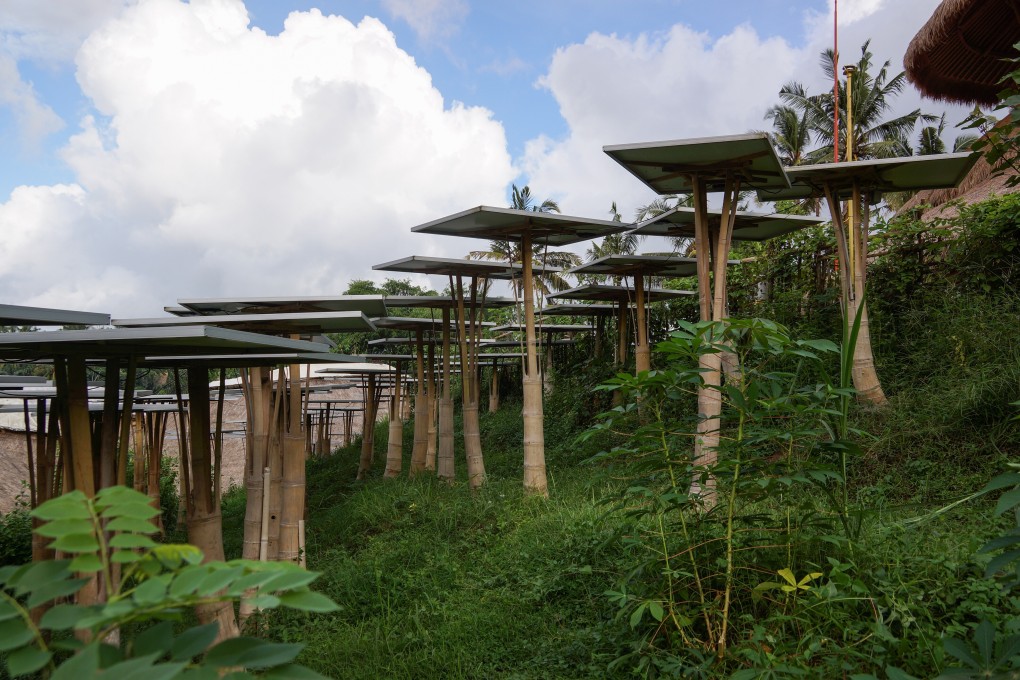Advertisement
Singapore’s solar power link from Australia spurs call for Indonesia to press on with green goals
- A subsea cable carrying solar power from Australia to Singapore will pass through the waters of Southeast Asia’s largest economy
- The prospect of exporting renewable energy should make Indonesia invest more clean energy and shed its ‘addiction’ to coal, say analysts
Reading Time:4 minutes
Why you can trust SCMP
6

Singapore’s power grid operator SP Group is teaming up with a French firm to import renewable energy generated in Indonesia, while an Australian-Singapore company is purchasing solar energy from Australia via a 5,000km subsea power line that passes through Jakarta-controlled waters.
The latter is a US$21.6 billion project by Sun Cable, a company backed by Australian software billionaire Mike Cannon-Brookes and mining magnate Andrew Forrest. Sun Cable will also invest US$2.5 billion in Indonesia to procure equipment and on operational needs, the company said.
These multibillion-dollar deals should be a wake-up call for Southeast Asia’s largest economy to properly harness renewable energy for its post-pandemic rebuilding, said Jakarta-based energy analyst Elrika Hamdi.
Advertisement
“This should be momentum for Indonesia to improve. We should question why another country is supplying renewable energy to [Singapore], isn’t it supposed to be us?” said Elrika, who is from the Institute for Energy Economics and Financial Analysis (IEEFA). “Local [energy] players should also ask [if they] can supply clean, renewable energy to other countries from Indonesia.”
For Fabby Tumiwa, executive director at the Institute for Essential Services Reform (IESR), a Jakarta-based think tank, there is no better time for the government to get serious about clean energy. Countries from China to Britain and India are battling an energy crunch that has disrupted economic activity, amid the International Energy Agency’s warning that the world needs to keep investing in greener energy sources to reduce carbon emissions and slow the rate of climate change.
Advertisement
Advertisement
Select Voice
Choose your listening speed
Get through articles 2x faster
1.25x
250 WPM
Slow
Average
Fast
1.25x